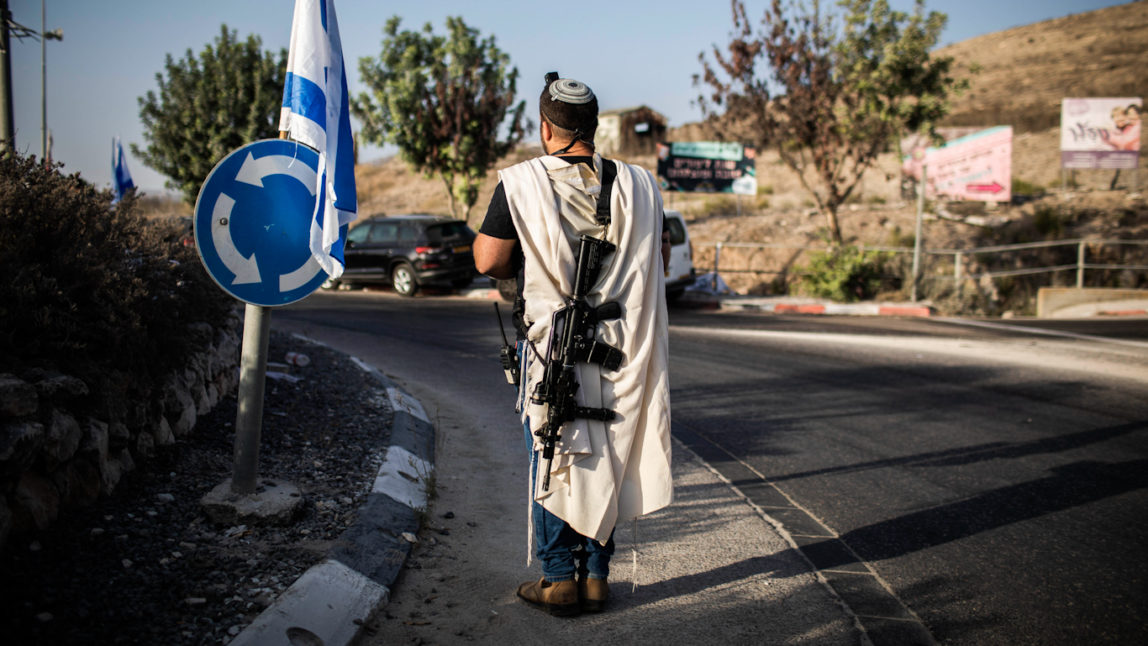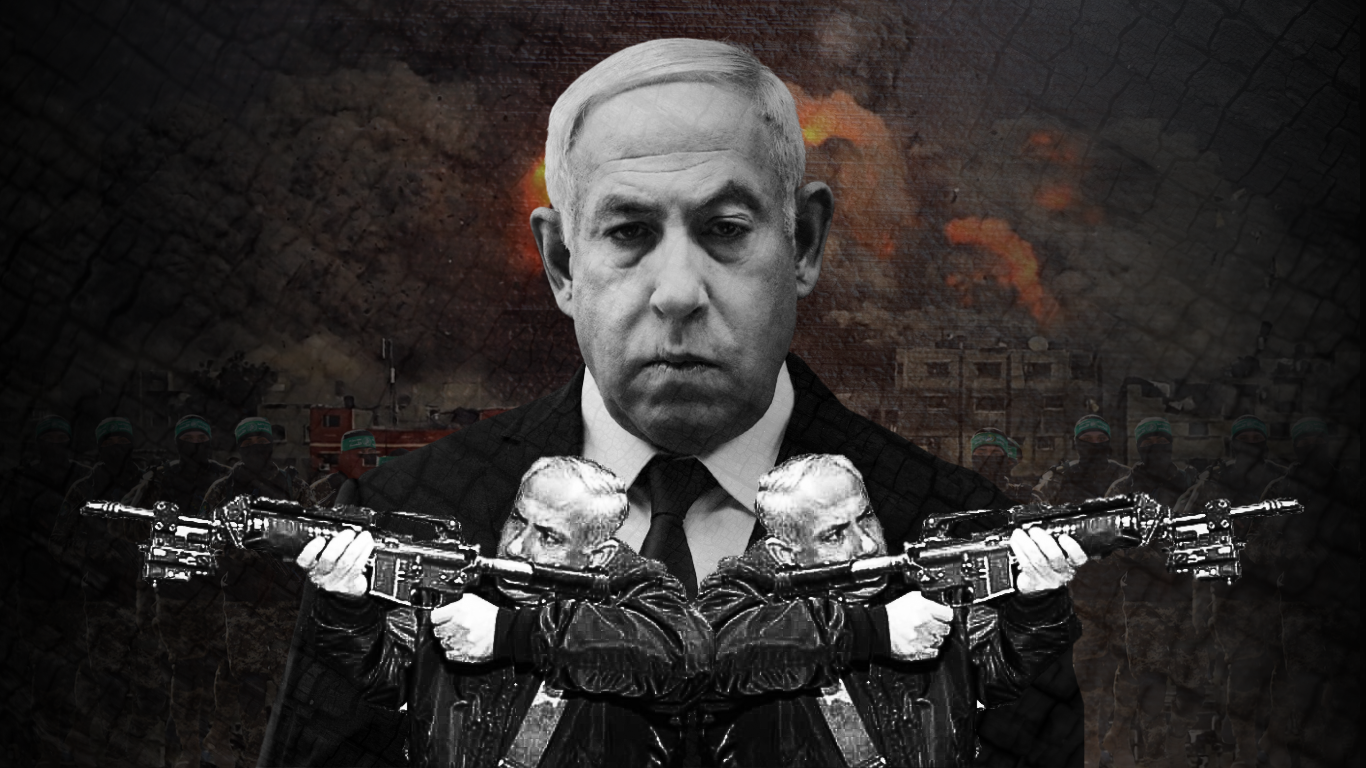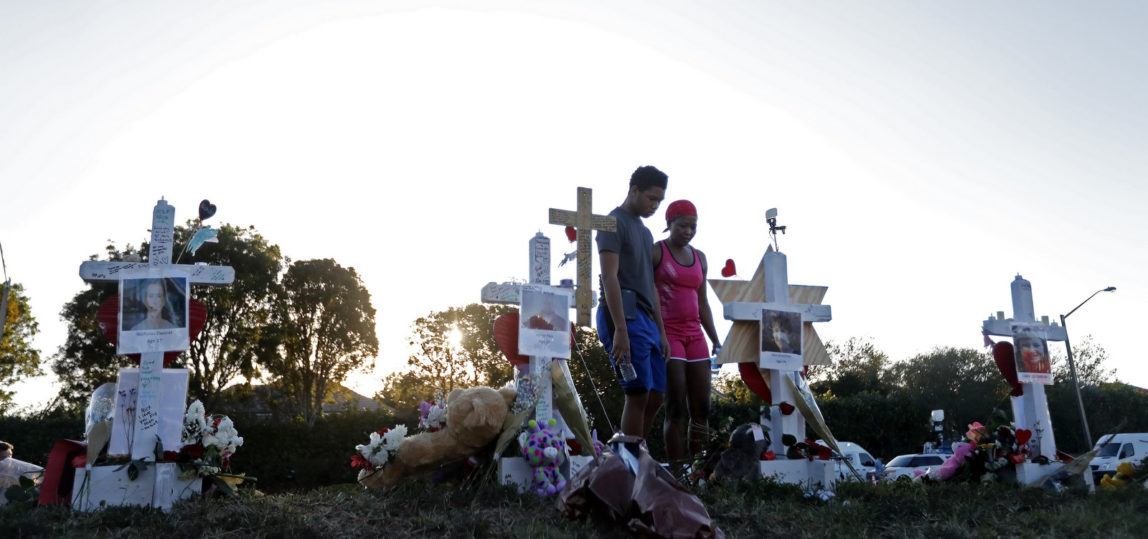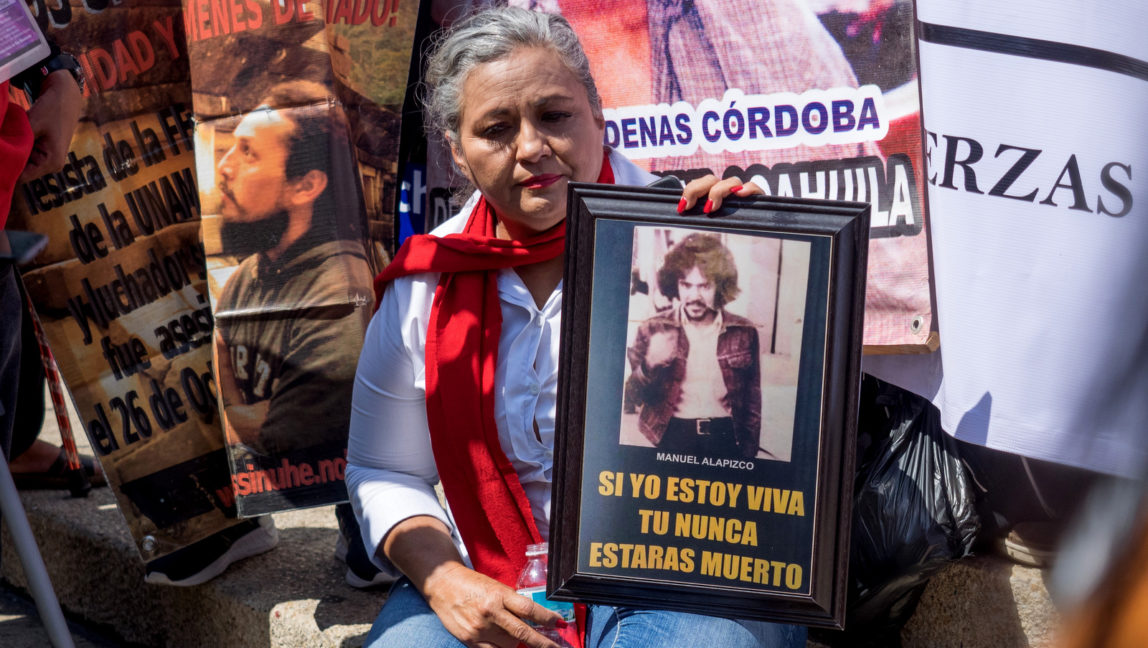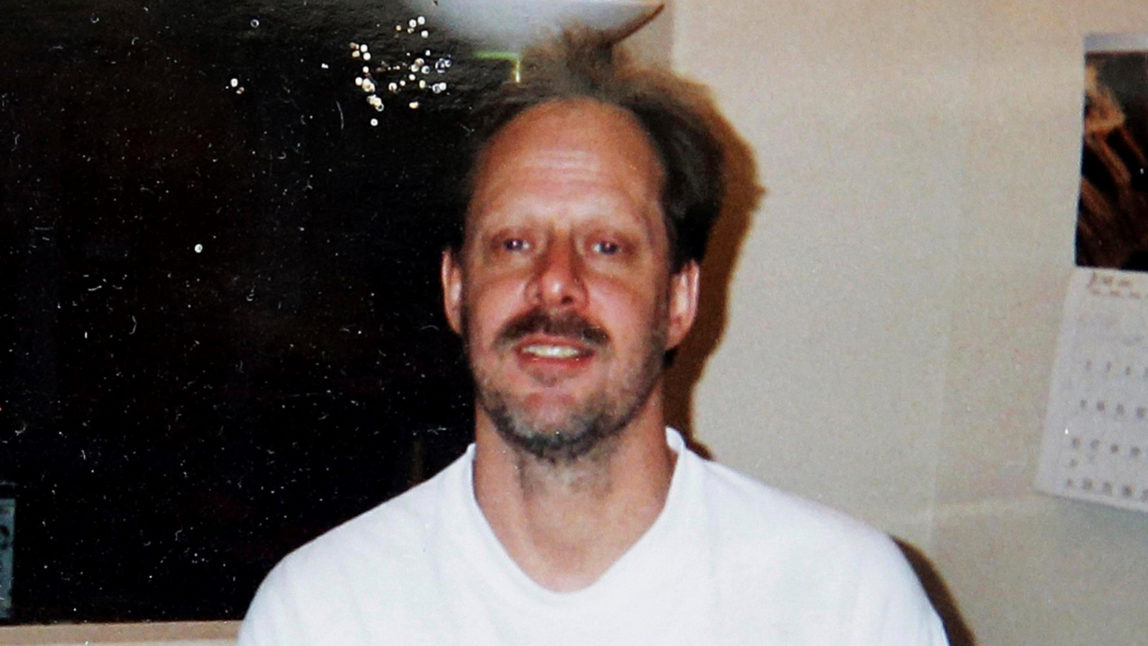Saturday, November 19, 2022, was according to Jewish tradition Shabat Chayei Sarah – the Shabbos, or Saturday commemorating the death and burial of the biblical matriarch Sarah. In the biblical story, her husband Abraham purchased her burial plot in the ancient city of Al-Khalil. According to Rabbi Yaakov Shapiro, the “commemoration” events that
Settler Pogroms Against Palestinians Will Become the Norm Under New Israeli Government
The main point to be taken from the results of the Israeli elections is that the lives of Palestinian have never been in more danger than they are now.
By Miko Peled
